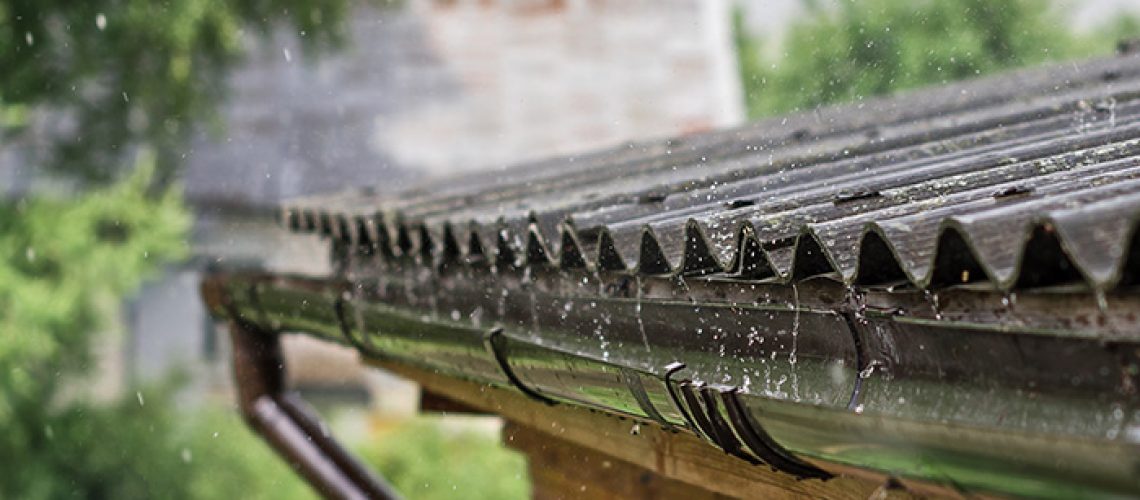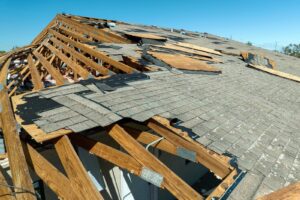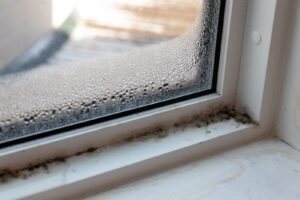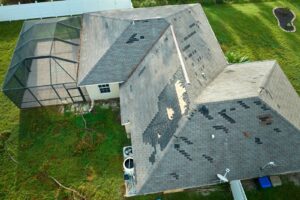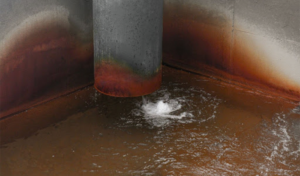Weatherproofing your home is an essential measure to protect against storm damage. Whether it’s a thunderous rainstorm, a howling wind, or a heavy snowfall, the elements can take a toll on any property. By weatherproofing your home, you not only safeguard it against the immediate impacts of these weather events but also contribute to its long-term durability and resilience.
Common types of storm damage include roof damage from heavy winds, water intrusion from rain and flooding, and structural damage from fallen trees or debris. These incidents often lead to costly repairs and sometimes pose safety risks to the inhabitants. The effects of such damage are not always immediately apparent, making proactive measures even more important.
In this guide, we will walk you through how to weatherproof your home effectively. From reinforcing your roof to managing water runoff, we’ll cover a range of strategies to fortify your home against the elements. Our goal is to provide you with practical, actionable advice that will prepare your home for whatever weather comes its way, ensuring peace of mind and the safety of your property.
What is weatherproofing?
Weatherproofing refers to the process of making a building resistant to weather conditions, particularly storms, rain, wind, and extreme temperatures. It involves a series of modifications and improvements to protect a property from the damaging effects of the elements. The significance of weatherproofing lies in its ability to prevent immediate damage during adverse weather conditions and preserve the long-term integrity and functionality of a building.
Weatherproofing encompasses several aspects, each addressing different vulnerabilities of a property. Structural weatherproofing involves reinforcing the building’s foundation and frame to withstand strong winds and heavy loads. Exterior weatherproofing protects the property’s outer elements — such as the roof, windows, and doors — from water and wind damage. Interior weatherproofing keeps the inside of the property dry and free from moisture-related issues like mold and mildew.
The benefits of weatherproofing extend beyond safety. A well-weatherproofed home is more durable and requires less maintenance over time, often leading to significant cost savings. Additionally, weatherproofing enhances the overall value of a property, making it more appealing to potential buyers and increasing its market value. By investing in weatherproofing, homeowners protect their property and invest in its future.
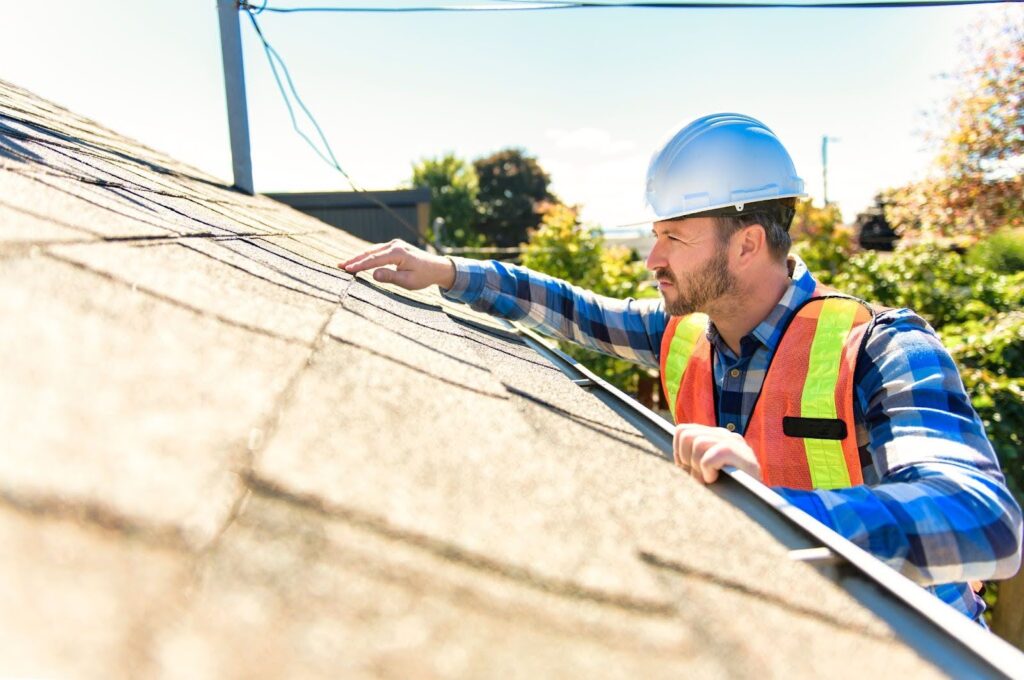
Inspecting and reinforcing your roof
Your home’s roof is the first line of defense against the elements. A sturdy, well-maintained roof reduces the risk of water damage, structural issues, and other storm-related problems. Regular inspection and reinforcement of your roof are, therefore, critical steps in weatherproofing your home.
To inspect your roof, look for signs of wear and tear, such as missing, cracked, or curling shingles, which indicate vulnerability to water and wind. Check for loose or damaged flashing around chimneys, vents, and skylights, as these areas are common entry points for water. You should also inspect the attic for any signs of leaks, water stains, or daylight coming through the roof boards.
To reinforce your roof to withstand storm damage, start by promptly replacing damaged or missing shingles to prevent water infiltration. Consider installing weather-resistant shingles designed to endure high winds and heavy rains.
Securing loose flashing and ensuring proper attic ventilation also helps prevent moisture buildup and structural damage. For added protection, you may want to install a water-resistant barrier under the shingles to provide an extra layer of defense against water penetration.
Securing windows and doors
Windows and doors are critical components in weatherproofing your home, as they are often the most vulnerable points during a storm. Properly securing these areas reduces the risk of damage from high winds, flying debris, and water intrusion. Ensuring that your windows and doors are well-maintained and reinforced is a key step in preparing your home for adverse weather conditions.
One effective way to protect windows and doors is by installing storm shutters. These shutters provide an additional layer of defense against strong winds and debris, and they come in various styles, including roll-down, accordion, and colonial shutters. Another option is to use impact-resistant glass.
In addition to these protective measures, it’s important to seal and reinforce your windows and doors. Check for and repair any gaps or cracks in the frames, as these can allow water to seep in. Use materials like weather stripping or caulking to seal these openings and prevent drafts. For doors, consider installing heavy-duty deadbolts and reinforced strike plates to ensure they remain securely closed during a storm.
Managing water runoff and flooding
Effective water runoff management and flood prevention is another way to weatherproof your home that’s especially important in areas prone to heavy rainfall or storms. Proper drainage systems play a vital role in directing water away from your property, thereby reducing the risk of water damage and flooding.
Improving your gutter system is a key step in managing water runoff. Ensure that gutters and downspouts are clear of debris, as clogged gutters can lead to water overflow and damage to your home’s foundation and exterior. Consider installing gutter guards to prevent clogging and extend downspouts to direct water further away from your home’s foundation.
Look for ways to use landscaping to manage water runoff and prevent flooding. Slope the ground away from your home to encourage water to flow away from the foundation. Planting vegetation that absorbs excess water and installing rain gardens or drainage swales also helps manage water runoff effectively.
Additional measures may be necessary for homes in flood-prone areas or with basements. Installing sump pumps helps remove water that accumulates in basements, while backflow valves prevent sewer lines from backing up during heavy rains. In high-risk areas, consider raising your home’s foundation or applying waterproof sealants to basement walls to further protect against flooding.
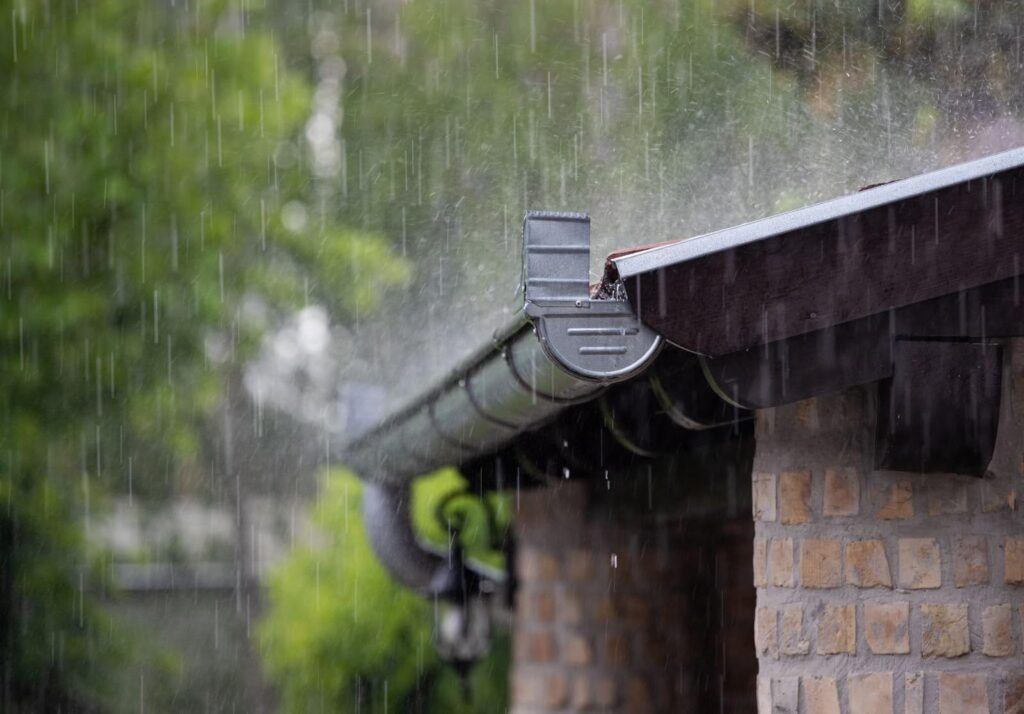
Protecting electrical and plumbing systems
Storms pose significant risks to a home’s electrical and plumbing systems. Electrical systems are vulnerable to power surges caused by lightning strikes, which can damage appliances and electronics. Heavy rainfall and flooding can affect plumbing systems, leading to backups and potential water damage.
To safeguard your electrical circuits against storm damage, install surge protectors. Surge protectors help prevent electrical surges from damaging connected devices. For comprehensive protection, consider whole-house surge protection to shield your home’s entire electrical system.
In terms of plumbing, make sure that your home’s drainage and sewer systems are in good working order. Regular maintenance and inspections help identify and address potential issues before they become problematic during a storm. For homes with basements, installing a sump pump is an effective way to prevent water accumulation during heavy rains. A sump pump automatically removes water that collects in the sump basin, thereby reducing the risk of basement flooding.
Preparing the interior of your home
Preparing the interior of your home is another aspect of weatherproofing. Taking proactive measures inside your home helps minimize storm damage and keep your family and belongings safe.
Securing heavy furniture and valuables is a key part of interior preparation. Anchor large furniture pieces such as bookcases and armoires to walls to prevent them from tipping over during strong winds or tremors. Secure valuable items, such as electronics and heirlooms, in safe, waterproof locations to protect them from potential water damage.
Creating an emergency plan and kit is also crucial for storm situations. Your emergency plan should include a safe room or area in your home that is away from windows and provides the most protection. Ensure that all family members are aware of the plan and know what to do in case of a storm.
Your emergency kit should include essentials such as non-perishable food, water, flashlights, batteries, a first-aid kit, and important documents in waterproof containers. Additionally, consider having a battery-powered or hand-crank radio to stay informed about weather updates and emergency instructions.
Regular maintenance and professional inspections
Regular maintenance is pivotal in effective weatherproofing, ensuring that your home remains resilient against the elements. Consistent upkeep helps identify and address potential vulnerabilities before they escalate into major issues during a storm. Regular maintenance includes routine tasks such as cleaning gutters, inspecting roofs and siding for damage, and ensuring drainage systems function properly.
Professional inspections are an integral part of this maintenance process. It’s advisable to hire a professional to inspect your home at least once a year, preferably before the storm season begins. A professional inspector can provide a comprehensive evaluation of your home’s weatherproofing needs, identifying areas that may not be apparent to the untrained eye. They can also assess the condition of your roof, windows, doors, and foundation, as well as check for any structural issues that could compromise your home’s ability to withstand severe weather.
Staying on top of repairs and updates helps maintain the effectiveness of your weatherproofing measures. Address any issues identified during inspections promptly, and consider upgrading to more durable materials or advanced solutions as part of your ongoing weatherproofing strategy.
Weather the storm with Restoremasters
Whether you’re looking to reinforce your property against future storms or need assistance repairing storm damage, professional help makes all the difference. This is where Restoremasters comes in. We specialize in providing top-notch weatherproofing and storm damage services, ensuring your home is well-prepared to withstand the challenges posed by severe weather.
Our team at Restoremasters possesses extensive expertise in storm damage repair and weatherproofing solutions. We are equipped to handle everything from initial assessments and repairs to comprehensive weatherproofing upgrades. Our commitment is to deliver quality service that not only restores but enhances the safety and resilience of your home.
Take the first step towards a weatherproof home by contacting Restoremasters. Let us help you navigate the complexities of weatherproofing with our professional guidance and support. Your peace of mind and the safety of your home are our top priorities. Reach out to us today, and together, we will make sure your home is ready to weather any storm.

